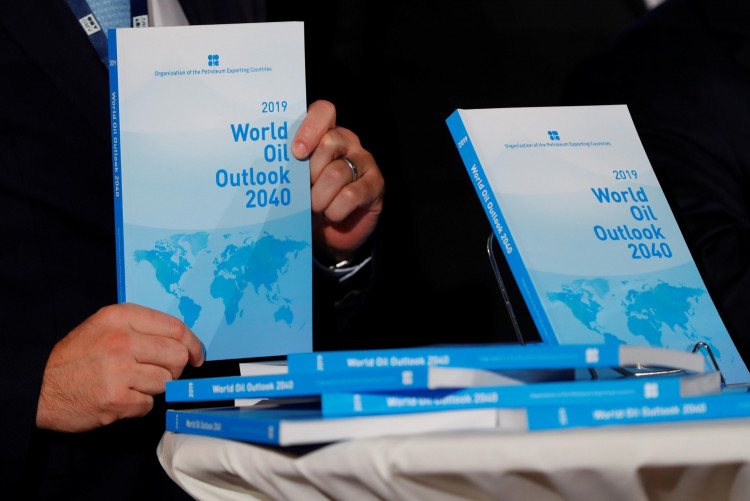Oil prices have made a strong rebound in three days after reports that the Oil Petroleum Exporting Countries is seeing a possible production cut from outside the cartel.
Futures increased as much as 1.3 percent in New York late Wednesday after the American Petroleum Institute reported that last week, according to people with knowledge of the matter, U.S. stockpiles dropped 541,000 barrels.
According to Secretary-General Mohammad Barkindo, in addition to a "strong" cut in projected output from non-member countries next year, the oil organization also sees a possible "upswing" in the demand growth forecast. The remarks reflect a more up-to-date forecast for the global oil market.
When the OPEC news hit the market, prices "began to rally from red to green," Bob Yawger, New York's Mizuho Securities division director, said. "Before this turnaround, things were getting ugly," he added.
While crude prices have risen over the past month, they are still down about 14 percent from the peak reached in April as the prolonged US-China trade dispute is sapping an already fragile global economy and crimping demand for fuel.
OPEC, which this year cut production to stabilize the economy, has suggested that further action is unlikely to be taken to prevent a revived surplus in 2020.
"The sector digests the statements of Powell's representative," said John Kilduff, partner at New York's Again Securities. "This is a bit of Powell's positive pull. It's the fact that the Federal Reserve will be on hold because the economic outlook looks brighter."
West Texas Intermediate for December delivery traded at $57.45, after a 32 cents jump on the New York Mercantile Exchange.
Brent increased 31 cents for January delivery to settle at $62.37 per barrel on the London-based ICE Futures Europe Exchange and sold for the same month at a $5.17 discount to WTI.
The industry-funded API has announced that Cushing, Oklahoma stockpiles fell 1.18 million barrels while a cumulative 3.15 million barrels of fuel and distillate inventories declined.
The decline in Cushing is seen to weaken for the first time in more than five years, based on the latest reports. Meanwhile, crude stockpiles in the U.S. are likely to rise last week by 1.5 million barrels, according to Bloomberg's median estimate of analysts.
"The next big test will be here on Thursday," Yawger said in anticipation of the EIA report. "Whichever number is greater is the direction to which the consumer is most likely to trade," he said.






